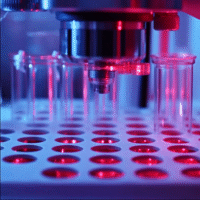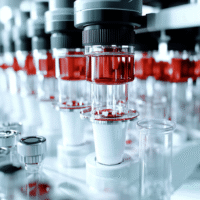Effects of Exercise and Diet on Abdominal Obesity
Study Overview
This study focused on how exercise and diet impact health markers in men with abdominal obesity. It involved 44 males, average age 34.7 years, who were divided into three groups:
- Exercise Group (EG): 16 participants did aerobic-resistance exercise for 6 weeks.
- Exercise + Diet Group (EDG): 16 participants did the same exercise plus a high-protein, low-glycemic diet for 6 weeks.
- Control Group (CG): 12 participants received no interventions.
Key Findings
After 6 weeks, several important changes were observed:
- Asprosin (ASP) Levels: Decreased in both exercise groups (EG: p = 0.04; EDG: p = 0.01).
- Leptin (LEP) Levels: Only decreased in the EDG group (p < 0.01).
- Body Mass (BM): Decreased significantly in the EDG group (p < 0.01).
- Body Fat Percentage (BF%): Reduced in the EDG group (p < 0.01).
- Fat-Free Mass (FFM): Increased notably in the EDG group (p < 0.01).
- Total Cholesterol (TC): Decreased significantly in the EDG group (p < 0.01).
Conclusion
The combination of exercise and a specific diet led to better health outcomes compared to exercise alone. The EDG group saw a 16% reduction in ASP and a 48% decrease in LEP levels.
Practical Solutions and Value
Clinical trials like this are essential for finding effective treatments. To make these findings useful in everyday healthcare, we offer DocSym, an AI-driven platform that integrates clinical guidelines and research into one accessible resource for healthcare providers.
With our mobile apps, healthcare operations can be streamlined, improving scheduling, treatment monitoring, and telemedicine services. This enhances patient care and allows for digital service expansion.
By leveraging AI, clinics can optimize their workflows, improve patient outcomes, and reduce reliance on paper-based routines. Discover more about our solutions at aidevmd.com.




























